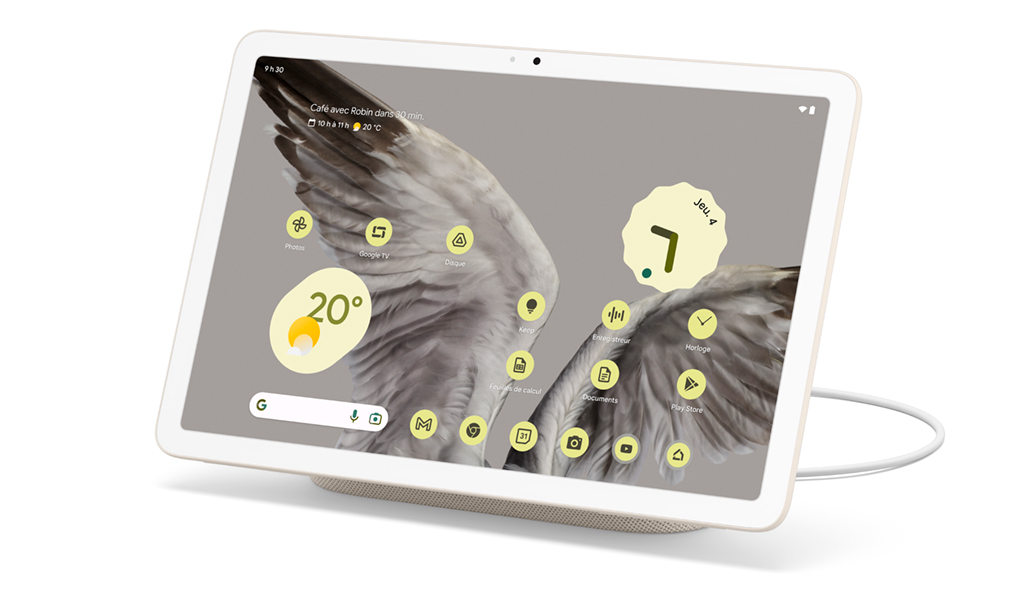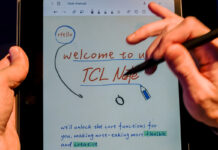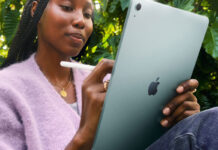![]()
Google made a number of announcements at its annual I/O keynote, including new products like the Pixel 7a, Pixel Tablet—and finally—the Pixel Fold. The devices were hardly a secret with all the rumours going around, and Google previewed the Tablet in 2022, so we knew that was coming.
The Pixel 7a is the more affordable option of the existing Pixel 7 lineup, coming in below the Pixel 7 and 7 Pro. With the Tablet, Google takes another shot at making a tablet after years of staying out of the category. And the Fold brings the company into the burgeoning race to figure out how to make the best foldable phone.
Pixel 7a
![]()
There are no major surprises with the Pixel 7a, mainly because it follows a familiar pattern. Like its predecessor, it takes certain elements from the other 7 models and presents as a cost-efficient alternative. It runs on Google’s latest Tensor G2 chipset and essentially has the same display as the Pixel 6a, including the 90Hz refresh rate.
The camera also gets a different main camera, along with software updates to make photos and video easier to capture. Night Sight now takes half the time to take a photo in low-light conditions, while Long Exposure returns to make blurry fast action shots look different. There is an ultra-wide lens, but not a telephoto, leaving Super Res Zoom as the only real alternative to get closer to a subject from a distance.
Finally, Google adds wireless charging, letting you place it on a Qi-enabled charger to fill up without a cable. Key calling features, like Hold for Me, Call Screen, Clear Calling and Direct My Call, are all available. Voice Typing can simplify responding to messages when your hands are tied. Look for a review of the Pixel 7a to drop on the blog very soon.
Pixel Tablet

Now that Google made it official, we know everything about the Pixel Tablet. Much of what it previously showed is in the final product, starting with the 11-inch display and an aluminum enclosure made 100% recycled materials. The device comes with either 128GB or 256GB of storage with 8GB of RAM and running on the Tensor G2 chipset.
Google clearly envisions the Tablet as more than just a slab because of the Speaker Dock, which acts as a base to mount it on. Together, the two turn the Tablet into something like a Nest Hub, displaying relevant information and playing audio when you want it to. It can also act as a digital photo frame or a way to control smart home devices via Google Assistant. Google even foresees cases where users can have multiple Docks to mount the Tablet in different rooms. Naturally, the Dock also charges the Tablet’s battery.
Video calls should be good with better low-light performance from the front camera, and the mounting angle is ideal for video. What’s truly unique here is that the device has Chromecast built-in. This way, you can move content from a laptop or phone over to the Tablet the same way you would to a TV. I’ll be reviewing this device to see how effective all these combinations will turn out.
Pixel Fold
![]()
The Pixel Fold is Google’s first crack at making a foldable phone. It features a 5.8-inch display when folded, and a 7.6-inch display when folded open. Google claims the hinge is the “most durable of any foldable phone” so it stands to be rigid over the long-term.
It’s also supposed to be “the best foldable camera system” which isn’t saying as much because most foldables haven’t used flagship camera arrays up to now anyway. It will be interesting to see how well the phone shoots, given it uses different image sensors compared to the other Pixel handsets.
Dual Screen Interpreter Mode is cool in how it uses the front screen to show translated text to someone you’re talking to. Multitasking and split-screen capabilities also look intriguing, and as expected, some apps will take advantage of the expanded screen to split features into two, as in a YouTube video that covers the top half with controls on the bottom.
Unfortunately, you won’t find the Pixel Fold in Canada, as Google is limiting the launch to only a handful of countries. But it is going to set the tone for how future Folds will work, including when they launch here.
New software features
One of the big standouts appears to be Magic Editor, an extension of the existing Magic Eraser made popular by its AI-driven ability to remove people and objects from photos. Magic Editor takes that further, enabling you to remove intricate parts of a photo, like a bag strap, as well as repositioning a person or object in an image. If you’re familiar with the healing tool and layers in Photoshop, these look to be similar.
Much of I/O also focused on the company’s other AI projects, with Bard now open to everyone who wants to try it in Canada. AI will also play a bigger role in Google’s search engine, evolving it to be more interactive and precise.
This also extends to Google Workspace, where apps like Sheets and Calendar get additional features that make them smarter. Google Maps will also get an update called “Immersive View” to make routes far more detailed, so you can visualize what you might see en route.
Coming soon
You can pre-order the Google Pixel 7a now in Carbon and Arctic Blue, and look for the Pixel Tablet to come in June 2023. If you’re looking for more, check out all the latest from Google, including the current lineup.



